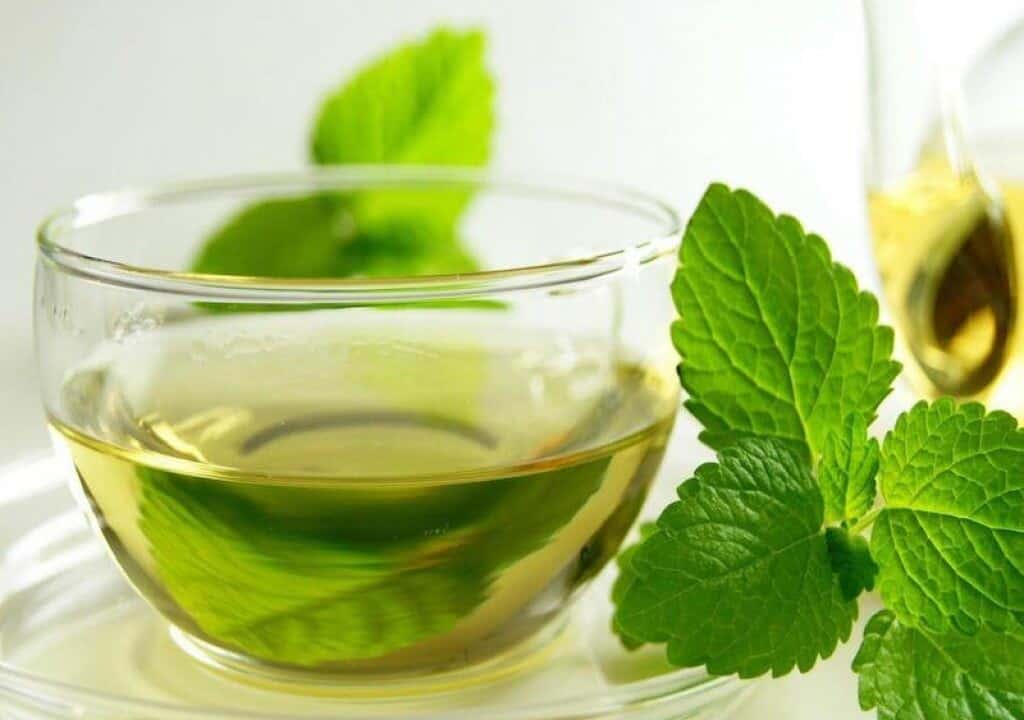Chronic pain? The solution might be in your cup of tea. Research has shown that Brazilian mint tea has analgesic properties comparable to synthetic medications. Discover how this ancient plant is revolutionizing pain relief.
Brazilian Mint Tea: Benefits and Uses for Pain Relief
A study conducted by the prestigious University of Newcastle in England found that Hyptis crenata, also known as “Brazilian mint,” possesses analgesic properties similar to conventional medications found in pharmacies.
Do you suffer from any kind of pain? It might be worth considering mint tea as a potential remedy. This conclusion comes from research conducted on mice, presented to the world at the International Symposium on Medicinal and Nutraceutical Plants in New Delhi, India.
Before starting their experimental trials, the research team conducted a detailed survey in Brazil. Their goal was to understand how mint is used in traditional medicine and determine the optimal consumption dose.
Brazilian Mint: The Natural Analgesic Comparable to Aspirin
The Power of Mint Tea: Research Reveals Potent Pain Relief
Through their research, they discovered that the most common way to prepare this plant is by making an infusion. The dried leaves of the Brazilian mint are boiled in water for about 30 minutes. After this process, the infusion is left to cool and then consumed.
Surprisingly, the team found that administering mint in a dose similar to that recommended by traditional healers resulted in pain relief comparable to indomethacin, a synthetic drug similar to aspirin. With these results in hand, the researchers plan to conduct clinical trials to evaluate the efficacy of Brazilian mint in humans.
Graciela Rocha, the leader of this research, reflects on the historical relationship between humans and medicinal plants: “Since the dawn of humanity, we have sought solutions for our ailments in nature.” Indeed, it is estimated that over 50,000 plants are currently used for medicinal purposes worldwide.
Beyond its ancestral use, it is astonishing to think that more than half of today’s prescribed medications originate from molecules naturally present in plants.
“Our study aims to scientifically validate the use of a plant popularly used to treat pain. Now, the challenge is to understand why and how it works,” Rocha says.
Analgesic Secret Validated by Science and Its Difference from Common Mint
Analgesic Properties of Brazilian Mint: Tradition and Science Hand in Hand in Medicinal Discoveries
Graciela Rocha, originally from Brazil, shares a personal anecdote, recalling that in her childhood, she was given mint tea to relieve various ailments. However, she notes a crucial difference:
“The taste of Brazilian mint is far from the mint flavor most people recognize. In fact, its taste is more similar to sage, another member of the mint family and it is not necessarily to everyone’s liking.”
Regarding the study, Dr. Beverly Collett, president of the Chronic Pain Policy Coalition, indicates that additional research is needed to precisely identify the molecule responsible for these analgesic effects.
However, she acknowledges the value of this research for the future development of innovative analgesics. Emphasizing humanity’s ancient relationship with plants, she mentions that the benefits of aspirin-like substances have been known since the ancient Greeks documented the use of willow bark to combat fever.
Salicin
“Willow leaves and bark contain salicin, a natural compound that is analogous to acetylsalicylic acid, the main component of aspirin,” the expert concludes.
Brazilian mint, traditionally recognized for its healing properties, has been scientifically validated by researchers at the University of Newcastle for its analgesic properties.
These findings, comparable to synthetic medications, open the door to a future where natural solutions can coexist with conventional medicine.
As more studies validate the analgesic properties of Brazilian mint, we move closer to an era where natural medicine and conventional medicine work hand in hand. This discovery highlights the value of plants in medicine and opens the door to future developments in pain treatment.





